Guide to damp related salts in buildings
Mmmm tasty - or not as the case may be.
Sooner or later if you're viewing dilapidated properties, you're likely to come across salts in some wayshape or form, so what are they and what implications do they have?
HYGROSCOPIC SALTS - Nitrates(NO3) & chlorides (Cl-) - soluble salts present within the ground which canaccess a property if and when moisture from the ground rises into a wall by capillary action. They can accumulate at the maximum height of rise, i.e. the point at which moisture evaporates off, forming a 'SALT BAND'.

Other typical place you will see this is on chimney breasts where rainwater has accessed and run through soot, leaching salts in the process, which can be deposited in wall plaster when that moisture evaporates off (see previous post on damp chimney breasts).
Also barns used to house animals - urine = chlorides!

Most likely to see indication of these AS A VISIBLE DAMP PATCH WHICH IS 'FLAT', i.e. paintwork ISN'T necessarily blistering/spalling and you cannot readily see actual salts, youcan just see a damp patch - therefore visually similar to recent ingress/leaks.
These are significant because they are HYGROSCOPIC, meaning that they are capable of absorbing moisture from the air, i.e. vapour. Therefore, work required both to address source of moisture (IF not already attended to), and to remove/replace affected plaster, whilst suitably isolating this from masonry to prevent further migration of salts into direct applied plaster.
Very basic test for presence- boil a kettle repeatedly in room, if damp patches visibly worsen - indicative of salt damp.
NB: Nitrates and chlorides trigger conductance moisture meters.
EFFLORESCENT SALTS - usually sodium & magnesium sulphates (Na2SO4 & MgSO4). These are present within many building materials and can also be present within groundwater.

Efflorescent salt deposits form when water moving through a structure dissolves salts present within the building materials. These salts are held in solution and move within that water. Where this moisture then reaches the surface, the water evaporates; however the salts cannot and instead revert to a solid state – typically forming a white crystalline deposit. Where paint/whitewash is present it is not uncommon for the salts to form at the surface of the plaster/masonry (beneath the paint/whitewash) which causes the paint to delaminate and spall. Efflorescent salts indicate that there is moisture moving through the structure.
Generally not hygroscopic,nor do they trigger a conductance moisture meter.
Possibility of just addressing source of moisture, then removal of surface salt deposits, addressing finishes and monitoring, this depends on then extent of any physical damage.

FREE LIME - Calcium carbonate(CaCO3) - Formed where significant water moves over (particularly) new concrete, leaching lime/mineral salts from this, so are most likely to see inwet basements where new concrete is present.

In appearance it is an off-white limescale like deposit.
Water dissolves calcium hydroxide from the concrete, on contact with the atmosphere the calcium hydroxide reacts with carbon dioxide to form calcium carbonate, which is then precipitated as a solid deposit when the water evaporates.
Well done if you got this far, I try and keep these bite-sized!
James

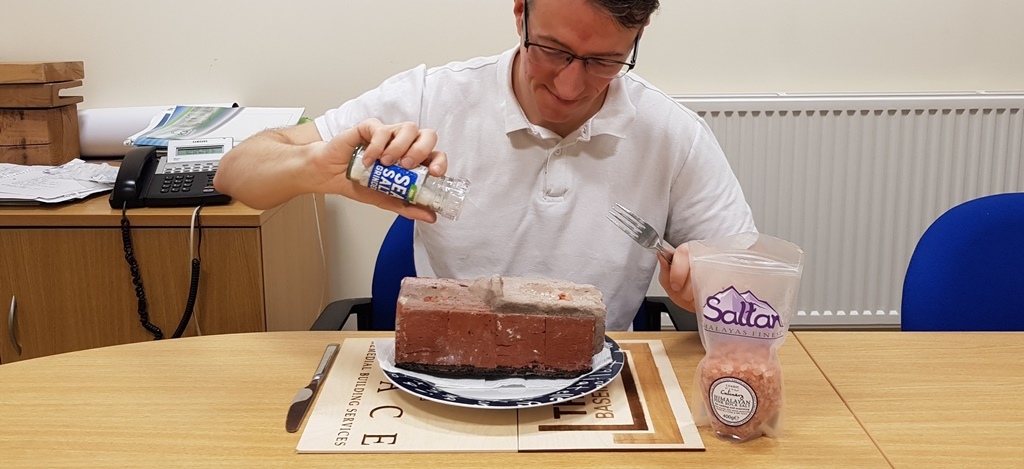

.JPG)
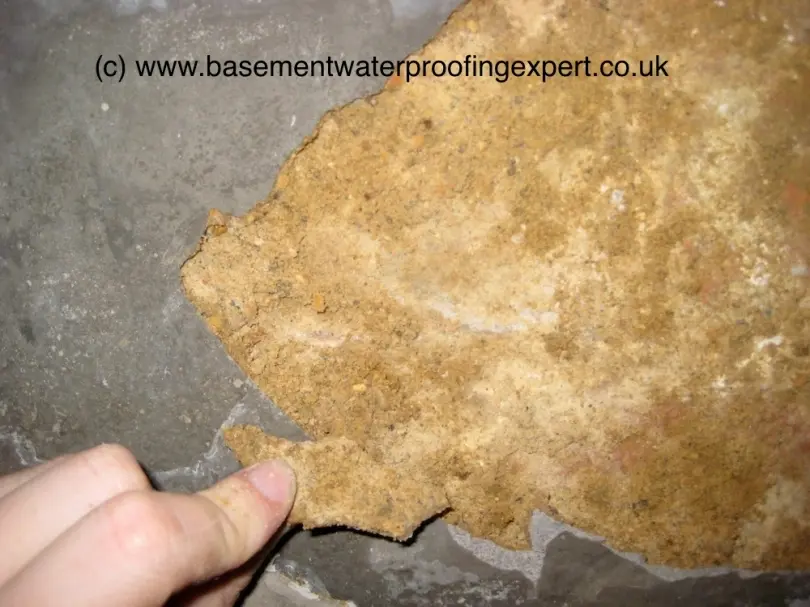

.JPG)
.jpg)




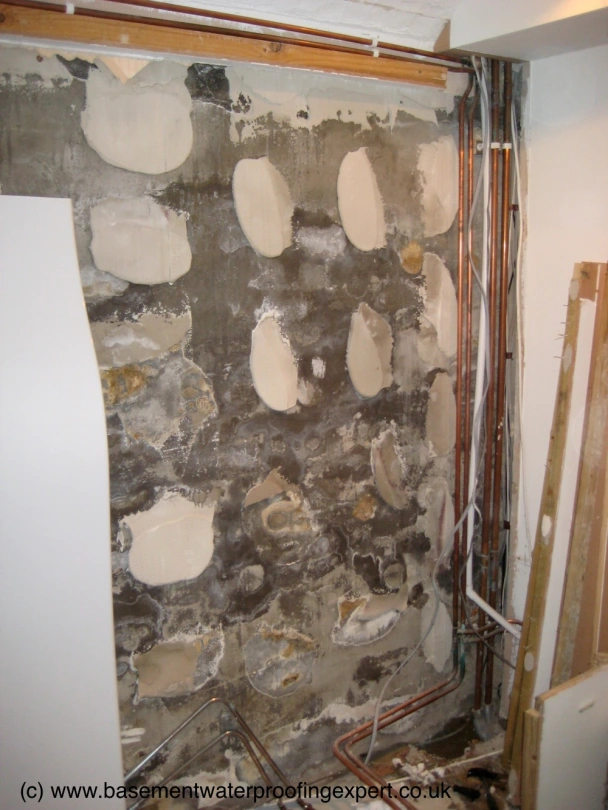
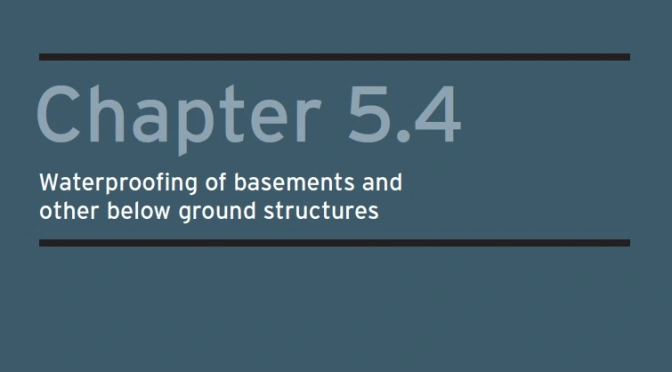
.JPG)

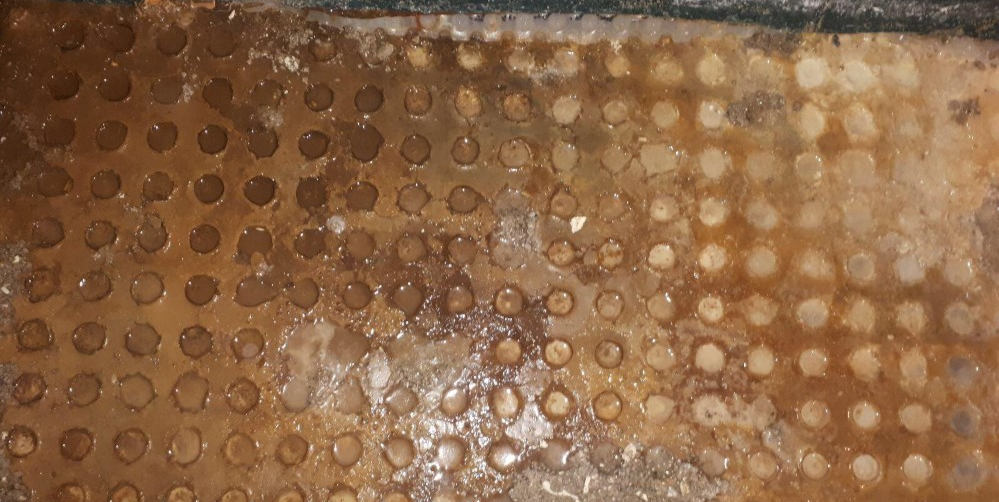
.JPG)

.jpg)
.jpg)
.jpg)

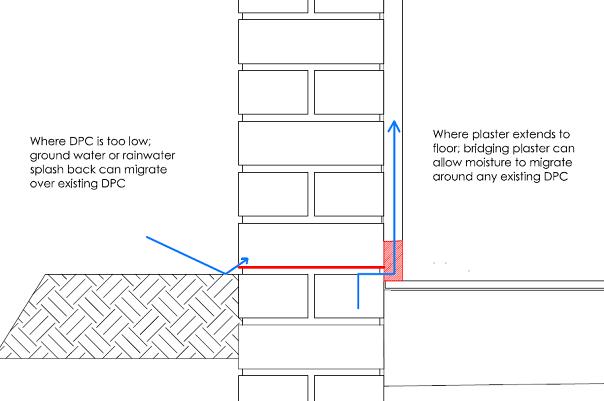
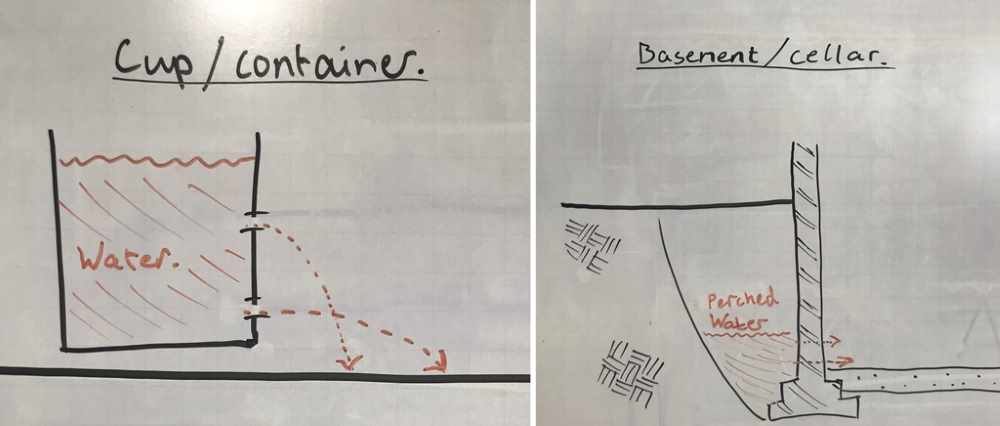
.jpg)
.jpg)
.jpg)
.jpg)

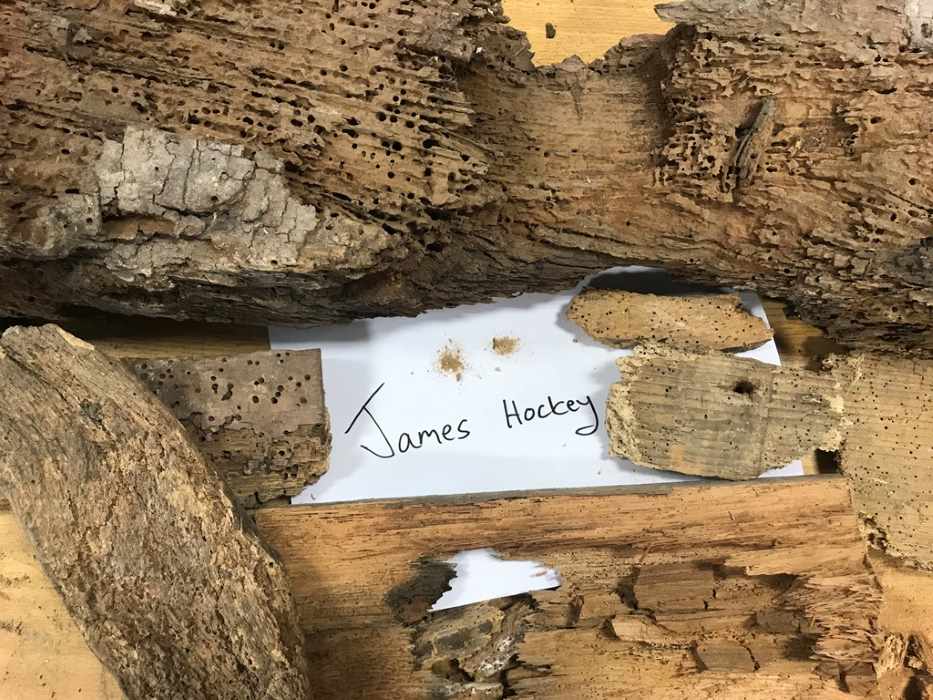
.jpg)
.JPG)

